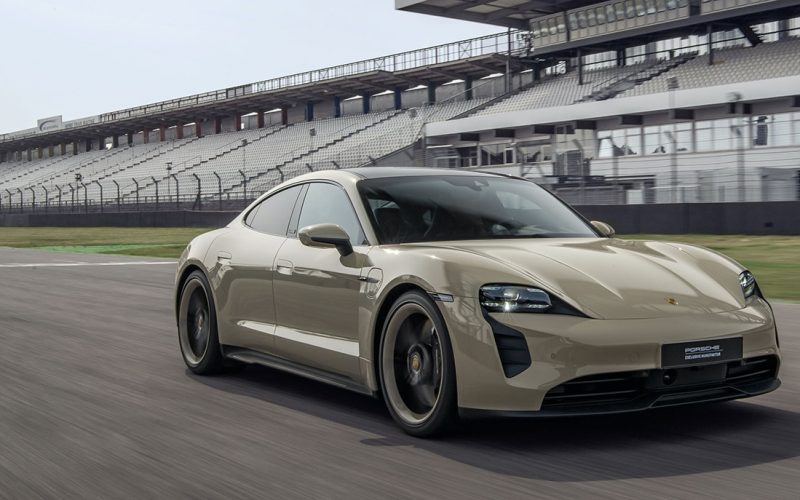
Reading Time: 5 minutesEveryone who follows the auto industry knew that Tesla’s Model S would eventually get knocked from
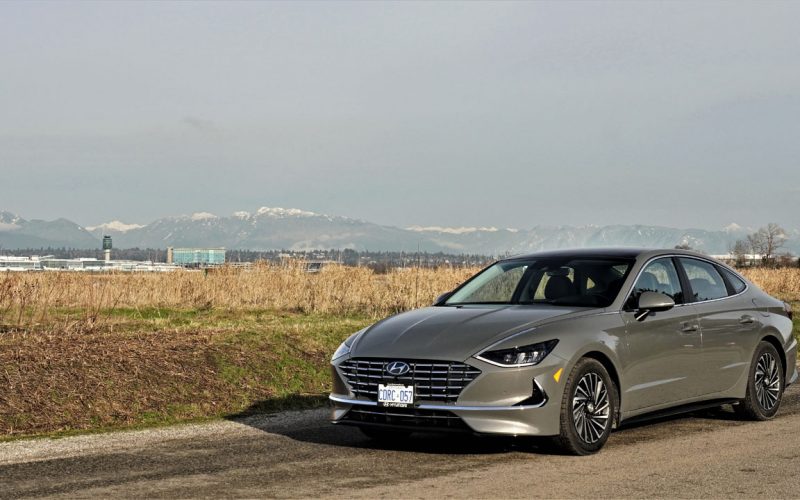
Reading Time: 9 minutesThe mid-size sedan might be a dying breed, especially in Canada where they’ve never been as
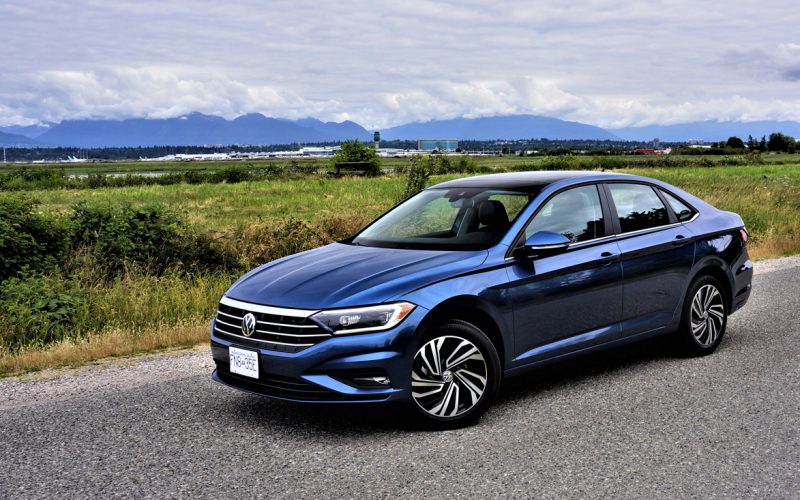
Reading Time: 14 minutesFor many in Canada, Volkswagen is more of an afterthought when considering a new vehicle. Last
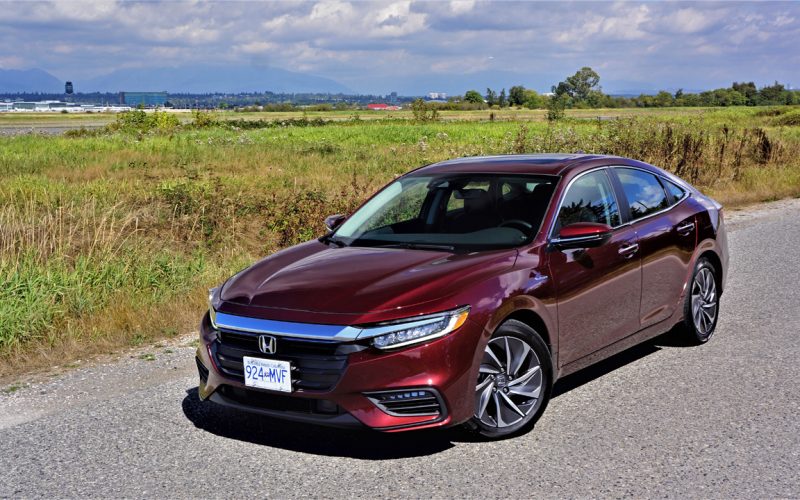
Reading Time: 15 minutesI’ve got to admit, Honda’s hybrid and full-electric strategy has long baffled the mind. Despite being
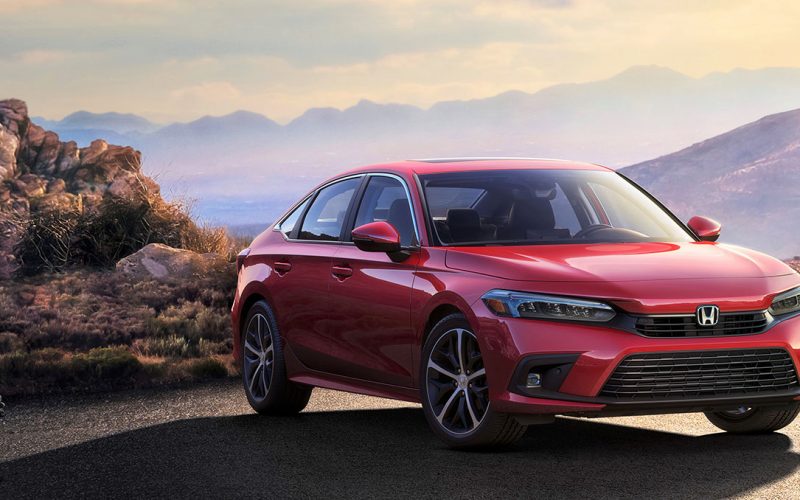
Reading Time: 3 minutesHonda Canada’s Civic sales have been crashing recently, down more than 20 percent throughout Q1 of
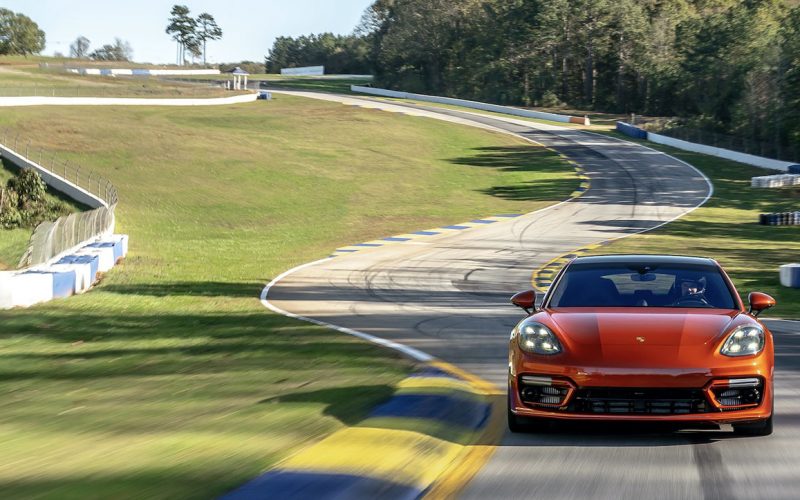
Reading Time: 3 minutesIf you’re in the belief that Porsche’s Panamera flagship is simply a low-slung luxury sedan, think
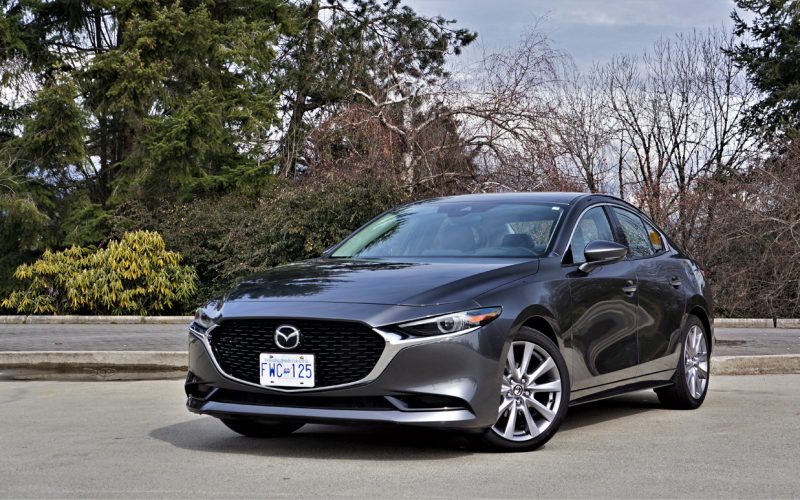
Reading Time: 15 minutesPerfect? No. Excellent? Yes. That’s it. I’m done. How I wish it were that easy to
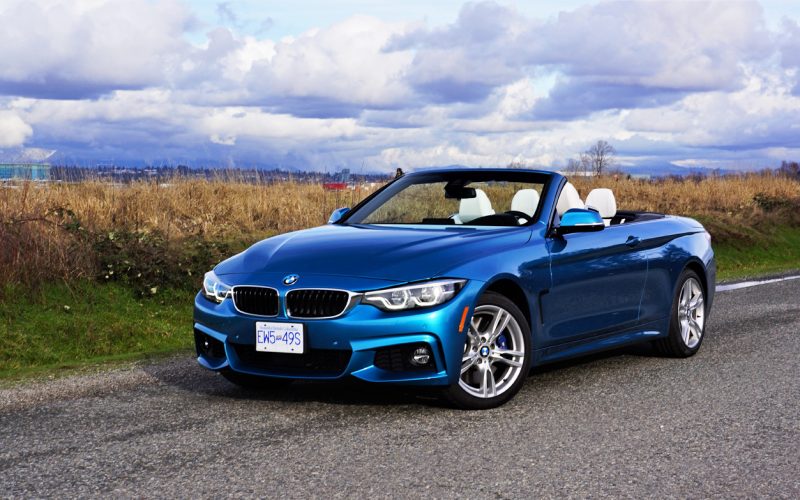
Reading Time: 10 minutesAfter doing an exhaustive preview of the 2021 G80 M3 Sedan and G82 M4 Coupe that
© 2025 The Car Magazine. All Rights Reserved, Privacy Policy | Terms of Use